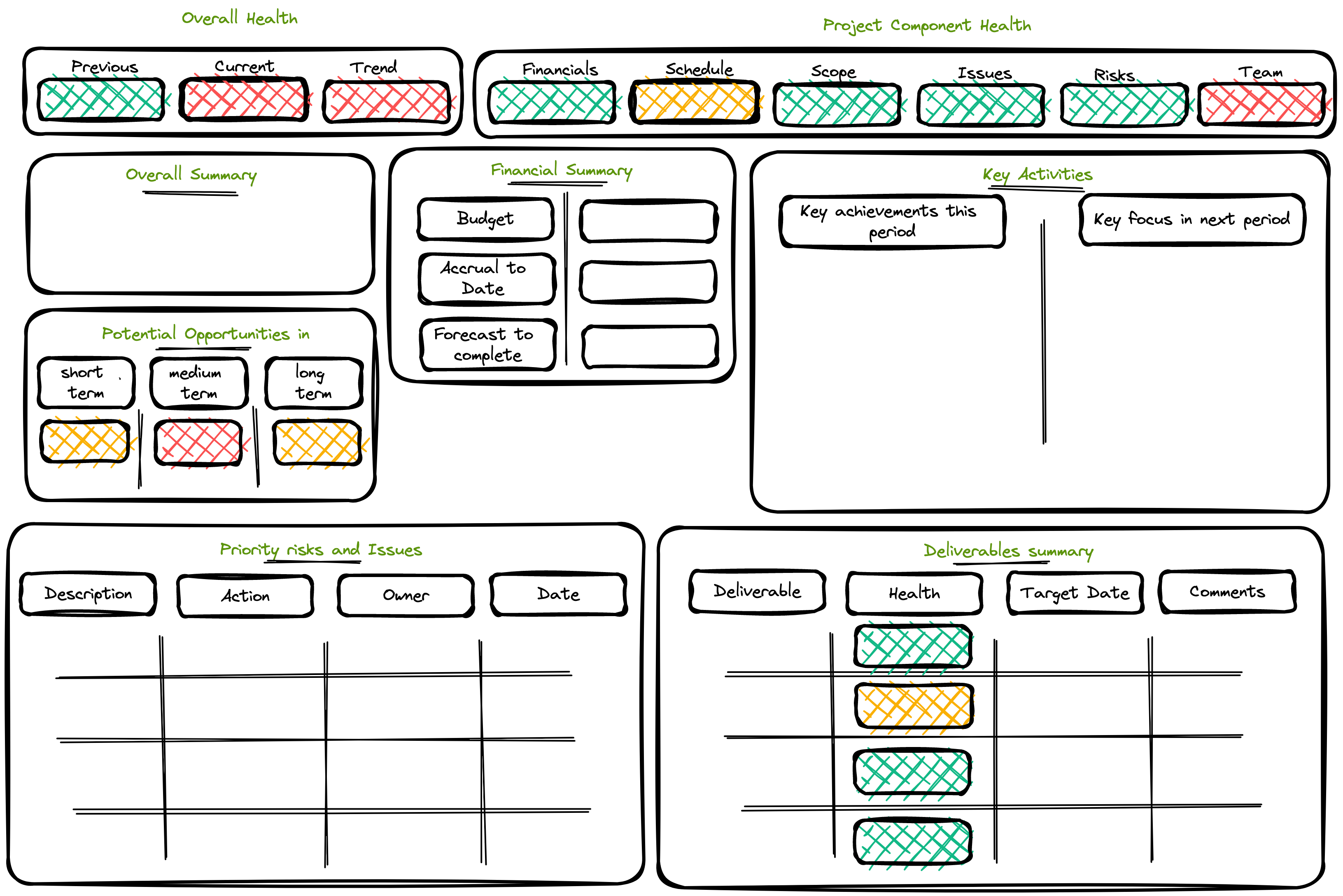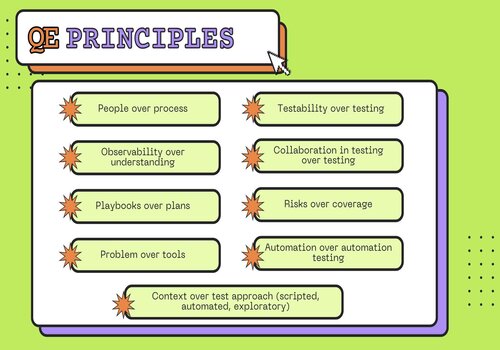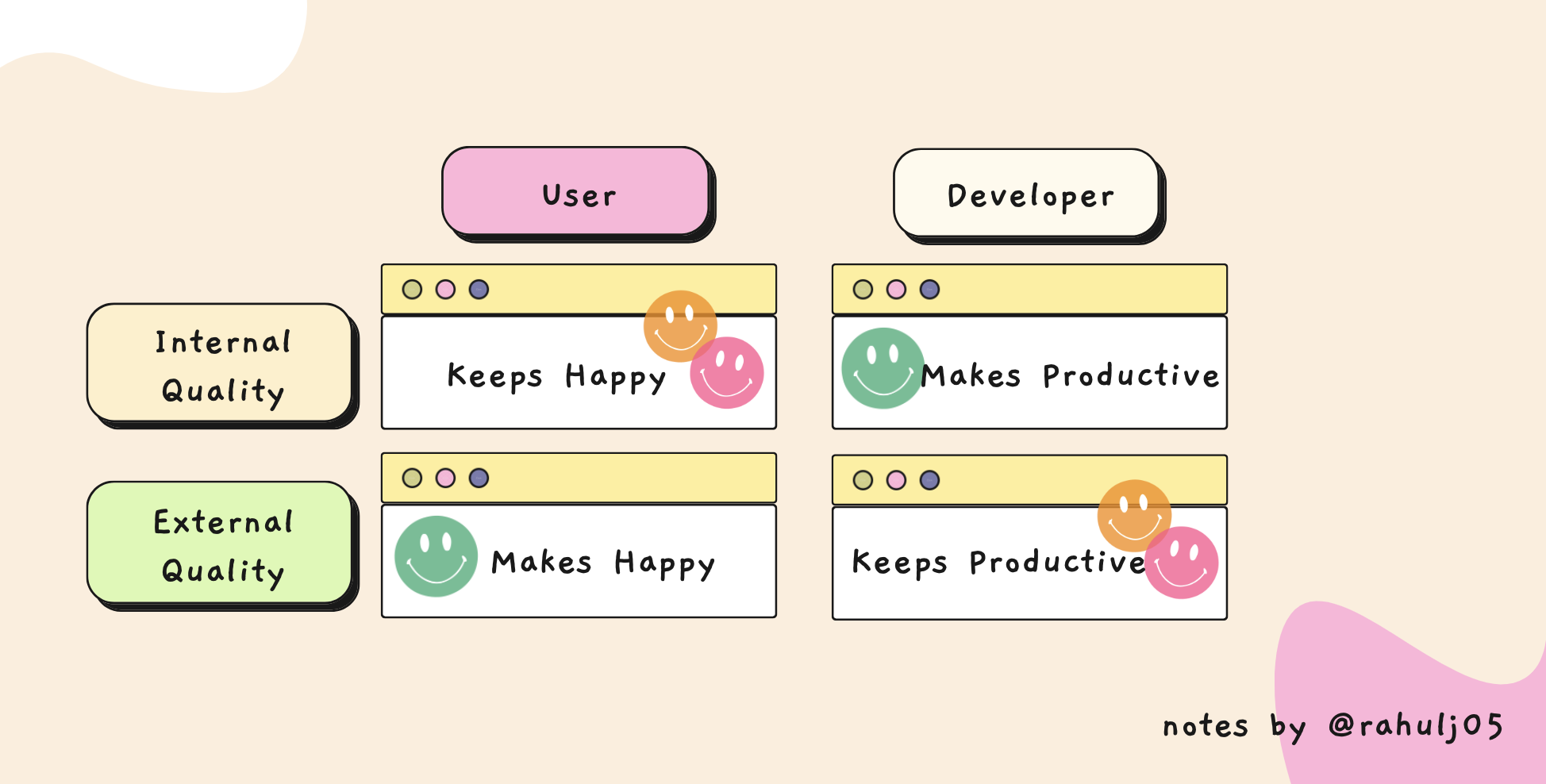Published on 05/03/2023 11:38 by Rahul
🤝 Driving collaboration with Delivery Canvas 🎨
Capability 🤝 Delivery
In consulting, particularly for firms specialising in a specific market segment, two primary pillars underpin the value we provide to our customers: Capability and Delivery. Building capabilities is crucial to ensure we provide high quality outcomes across service lines in the ever-changing landscape of opportunities. At the same time, Delivery forges a direct connection with our customers, enabling us to not only offer our services but also raise awareness about the diverse landscapes in which we make an impact. In this blog, we will explore how the technique, which I like to call Delivery Canvas, can be utilized to enhance collaboration among multiple delivery teams, driving transformative change at a rapid pace.
The Challenge 🤔
Navigating the distinct landscapes of each client or project presents unique challenges. Our delivery teams encounter a broad spectrum of issues, risks, and opportunities that go beyond the service lines in which we are engaged. The inherent constraints of consulting as a business can occasionally hamper our ability to collaborate effectively on these aspects of delivery and share the insights throughout the wider community. This shortfall or lack in collaboration can result in extended lead times for feedback and responses between capability and delivery, causing us to lose critical context. In essence, this slows down our ability to build capabilities and address risks, issues, and opportunities effectively.
💡 Collaboration with Delivery Canvas 🎨
As an advocate of lean and agile thinking, I’m consistently drawn to collaboration methods that are people-centric, simple and impactful. In the past, my teams and I have utilized a technique we called Delivery Canvas to collaborate and exchange information across various clients and projects. This approach not only accelerated our management of issues, risks, and opportunities but also expedited our capability-building efforts and fostered the collaborative culture we aimed to establish within our organisation.

We viewed the Delivery Canvas as a visual tool that empowers teams to communicate their project’s overall health, encompassing various delivery aspects. By promoting transparency and open communication, it enabled us to rapidly identify and address any emerging challenges.
The Delivery Canvas facilitated structured conversations and allowed for the sharing of insights within the senior team on an iterative basis. Initially commencing with bi-weekly catch-ups, we eventually settled on one catch-up per month. This approach provided the senior leadership team with a platform for collaboration and networking, resulting in enhanced alignment and a unified organizational direction.
Written by Rahul
← Back to blog

